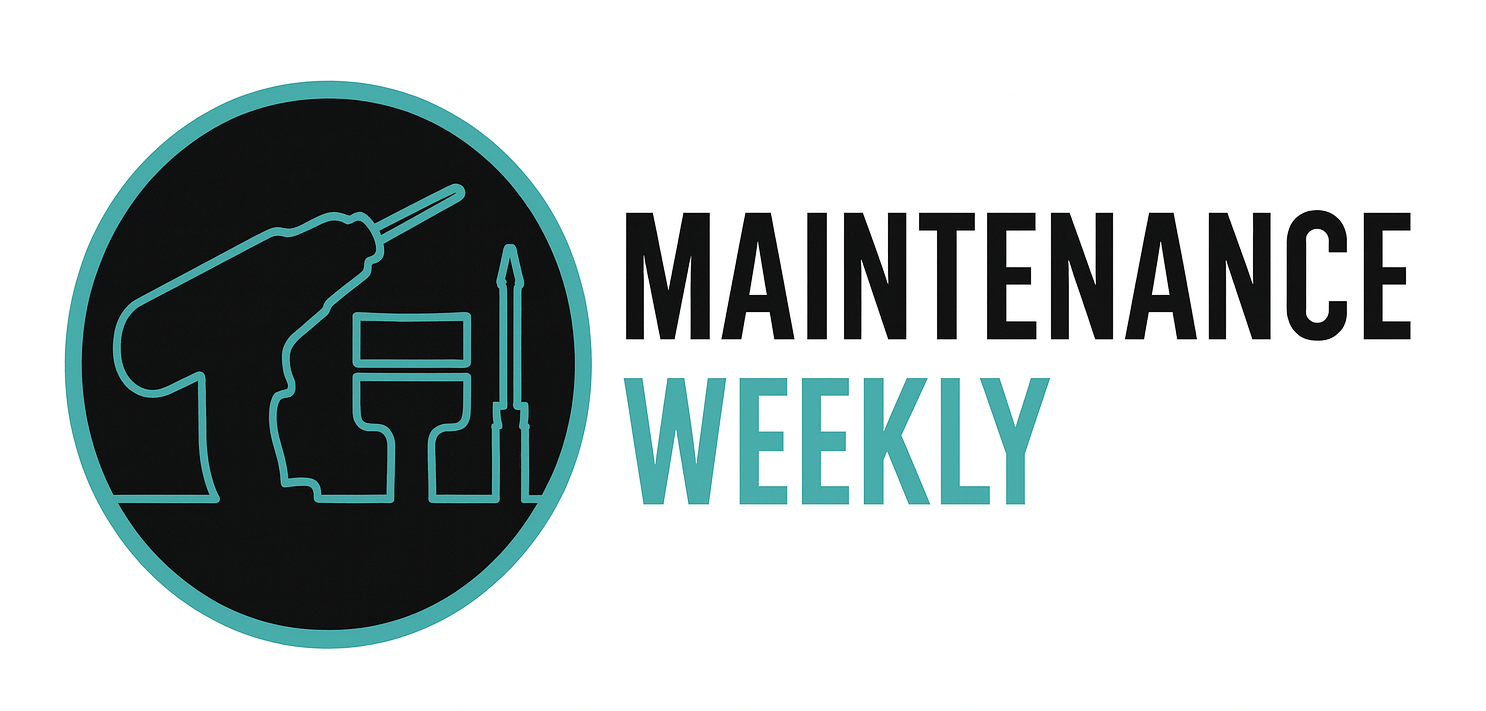Interview Tips for an Aircraft Structural Mechanic
The following are interview tips to help you prepare for your Aircraft Structural Mechanic interview. Do your homework on the company’s fleet, its repair methods, and structural programs, and practice your responses so you can walk in with confidence and ace the interview.
-
Highlight Structural Repair Skills
Emphasize your experience with sheet metal, composites, rivet installation, drilling, bonding, and fabrication. Share examples of major structural repairs you’ve completed in accordance with SRM (Structural Repair Manual). -
Show Knowledge of Materials and Methods
Employers want mechanics who understand differences between aluminum alloys, composites, and titanium. Discuss your ability to select the correct repair method for each material. -
Emphasize Precision and Accuracy
Structural mechanics must measure and align with exact tolerances. Highlight your experience using calipers, micrometers, and laser alignment tools, and your ability to work within very tight margins. -
Discuss Regulatory and Manual Compliance
Stress your commitment to following SRM, AMM, and FAA/EASA guidelines. Employers want to know you never deviate from approved data in structural repairs. -
Demonstrate Problem-Solving in Repairs
Structural issues are often unique. Be ready to explain how you approached a challenging repair, adapted within the manual’s limits, and delivered a safe and compliant solution. -
Highlight Teamwork with Engineers and Inspectors
Structural mechanics often work closely with engineers (for repair approvals) and inspectors (for final sign-off). Share how you communicate effectively and accept feedback. -
Show Adaptability to Working Conditions
Structural work may involve confined spaces, heights, or awkward angles. Mention your experience working safely and efficiently in challenging conditions. -
Prepare for Scenario-Based Questions
Expect interviewers to test your ability to apply SRM knowledge and precision workmanship:Q1. “How would you repair a cracked fuselage skin panel?”
Sample Answer: “I would first consult the SRM to determine allowable repair methods. I’d remove the damaged material if required, fabricate a patch per SRM specs, and install it using approved fasteners. I would document all steps and ensure inspection before sign-off.”Q2. “What steps do you take when drilling out and replacing rivets?”
Sample Answer: “I select the correct drill size, drill carefully to avoid enlarging the hole, and remove the rivet cleanly. I then deburr the hole, check edge distance, and install the new rivet to proper shop head dimensions per SRM. Precision ensures structural integrity.”Q3. “If you discover corrosion during a structural repair, how do you proceed?”
Sample Answer: “I would stop the repair, assess the extent of the corrosion, and consult the SRM for allowable removal. If beyond limits, I’d escalate to engineering for disposition. Corrosion must be fully addressed before proceeding.”Q4. “Tell me about a complex structural repair you performed and how you ensured quality.”
Sample Answer: “I once worked on a damaged wing rib requiring a complex patch. I carefully followed SRM procedures, double-checked measurements with calipers, and had each step inspected before proceeding. The repair passed inspection and restored airworthiness, showing the importance of patience and precision.”
Source: ChatGPT
